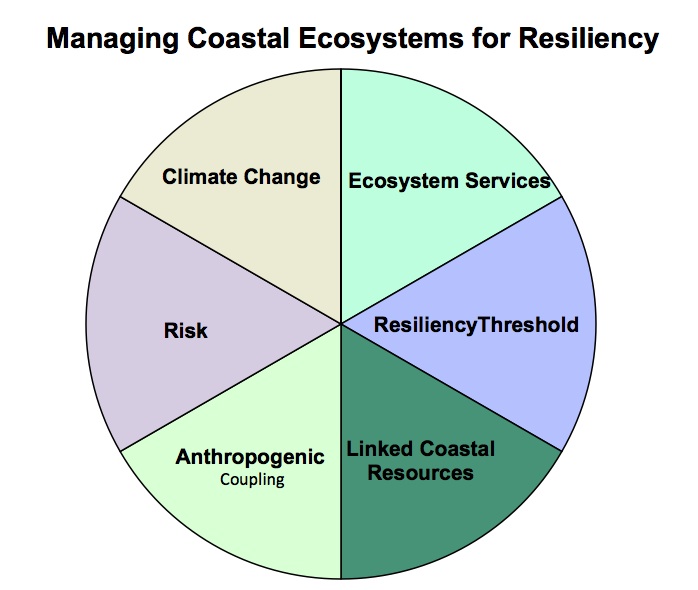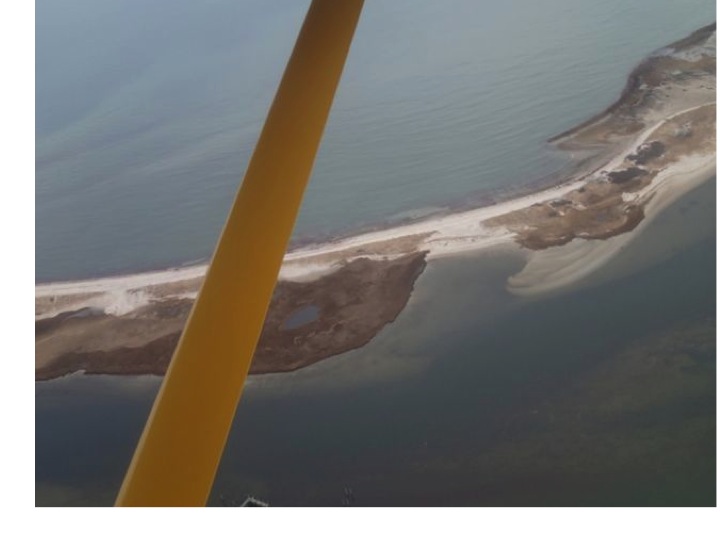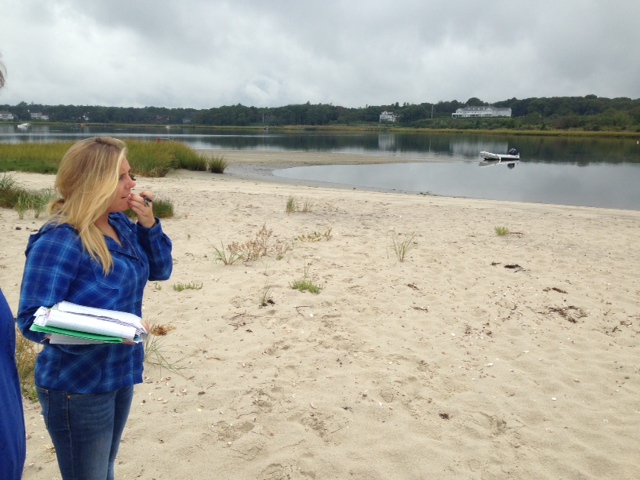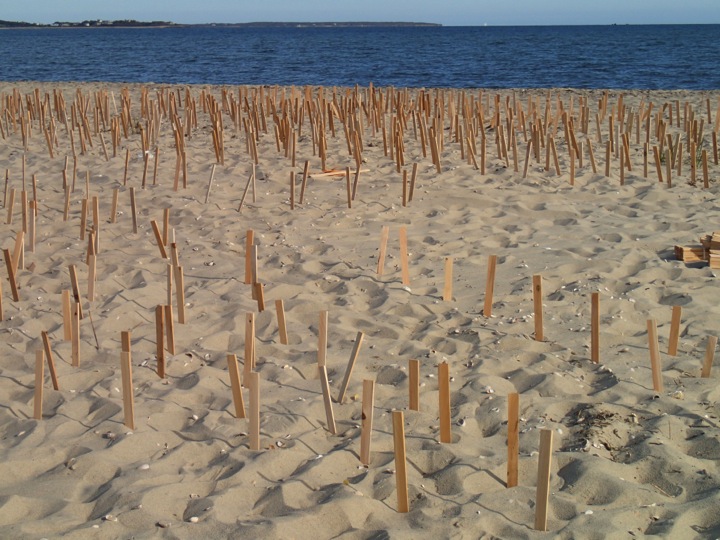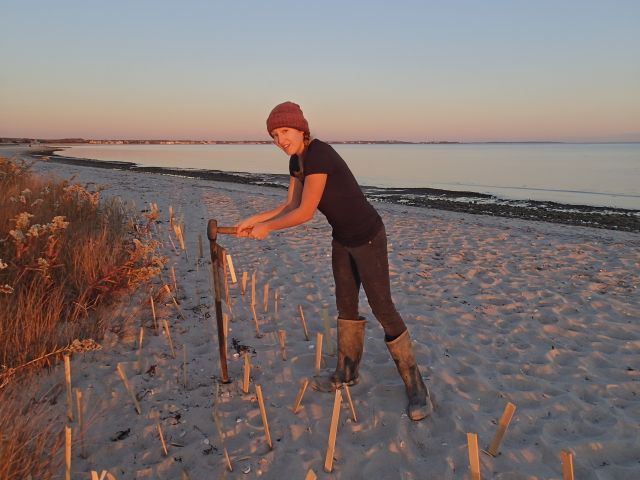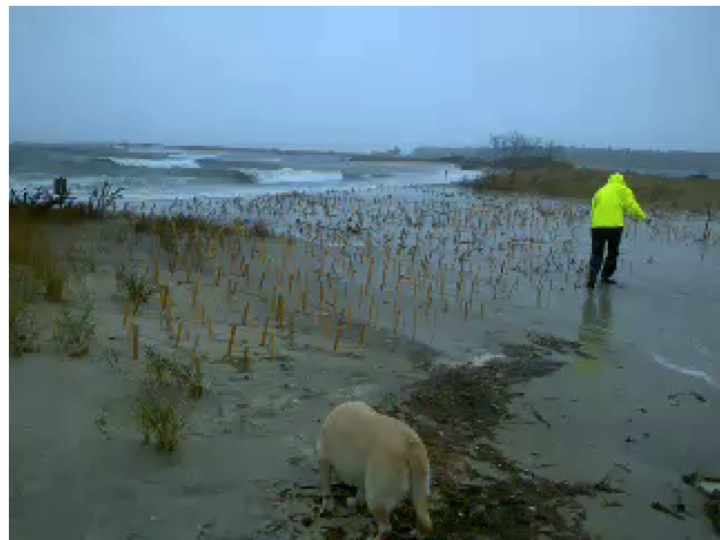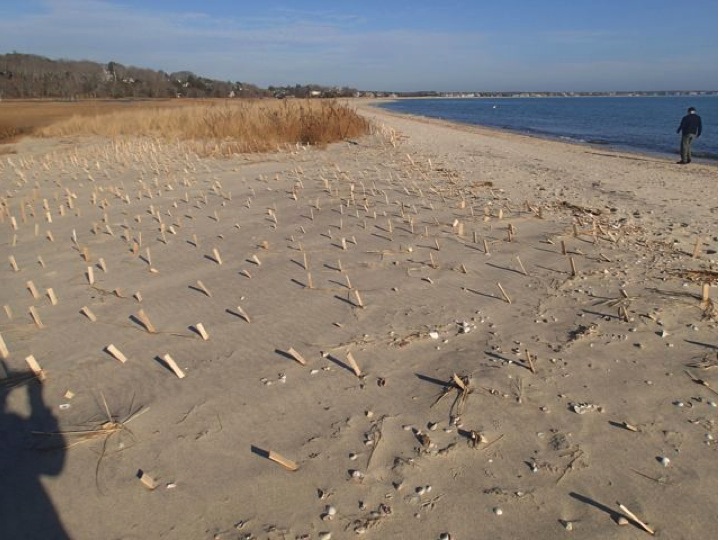We consider Resiliency an "Emergent Property", identifiable when storm pulse energy interacts with our coastal resources. Direct absorption of storm energy through geo-mass translocation between "linked resources", is only part of the story. How the system handles the remaining pulse energy directs out attention to the core of resiliency. Contributions to this page by Jamie Fitzgerald, Tulane University 2016, Safe Harbor Resiliency Intern.
Safe Harbor is a small environmental consulting group working on Cape Cod's land-sea Climate Change Interfaces. We study resource areas as "Linked Systems": Sand Bars; Eel Grass Beds; Spartina Fringe Marshes; Beaches; and Dunes, because we believe these systems respond together, to Storm Energy Pulses. The onshore alignment of natural energy with nature based infrastructure, creates an intuitive model for studying Coastal Resiliency. Linked resource systems modify transmission of pulse energy. Pulse energy alterations provide clues, fueling our experimental uses of this "Available Energy" to restore coastal geomass. Following some introductory images, we will share a few of our projects.
Our lateral imagery was created by Jamie Fitzgerald, Tulane University, Safe Harbor Coastal Resiliency Intern.
Resiliency, for the purpose of this discussion, is best understood by looking at three foundational ecological properties in an ecosystem: diversity, connectivity, and adaptive capactiy. With diversity in an ecosystem, there is an increased variety of species' abilities to respond to disturbances, and functional redundancy of species provides the capacity for diversity compensation within an ecosystem. Connectivity is essential by enhancing the capacity and ability of an ecosystem to recover from a disturbance - both the strength of species interactions and the number of species interactions are separate and critical variables in determining success and response to disturbances. Connectivity can be useful in examining potential ecosystem thresholds by using any data on diversity, population size, and the proportions therein to study changes in an ecosystem. Overall, resiliency is an 'ecosystem insurance policy.'
The lateral image below suggests management considerations for developing resilient management policy.
The lateral image below includes considerations for quantifying the value of one climate change interface resource.
ENHANCING RESILIENCY IN GREEN INFRASTRUCTURE

Safe Harbor image. Fringe Marsh alongside open water.

Safe Harbor image. Same area of Fringe Marsh absorbing wave energy alongside open water.
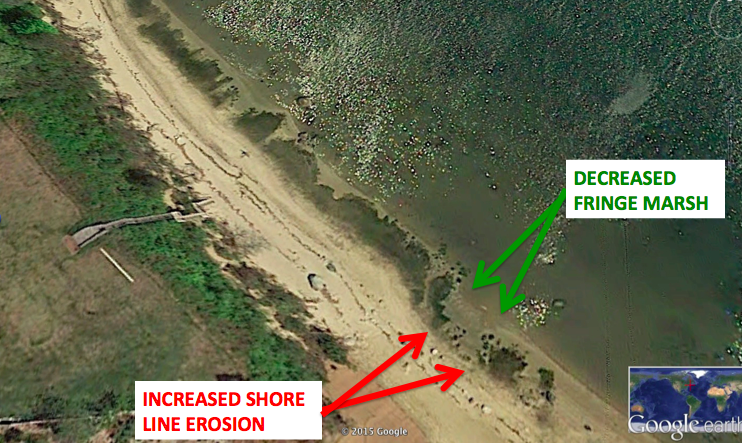
Above image showing limited fetch coastal site, with a linear relationship between native vegetation and erosion.
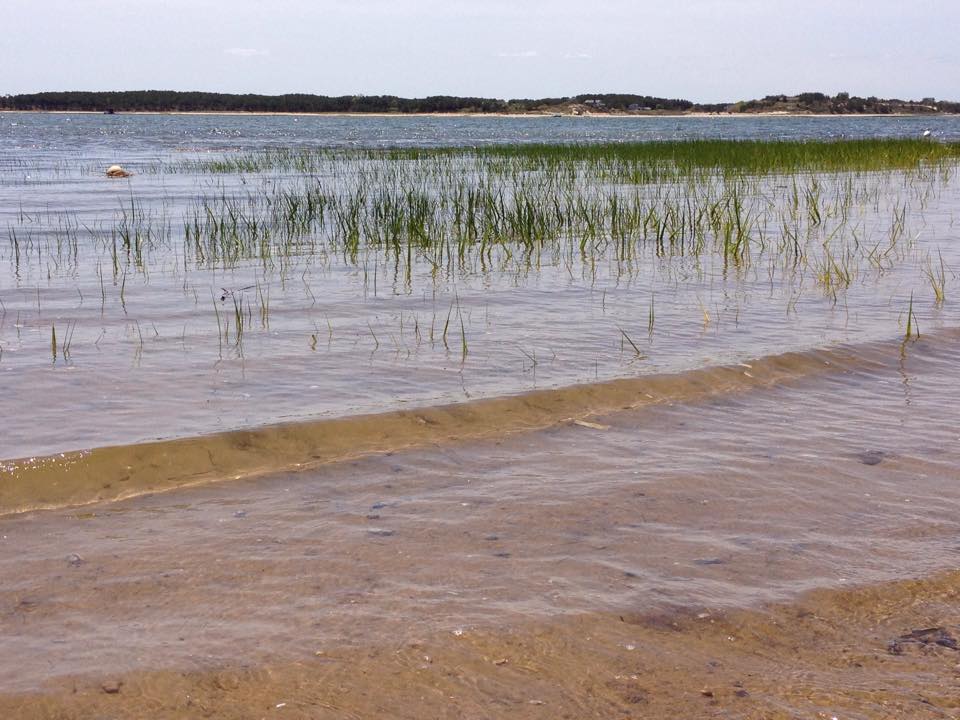
Image by G. Peabody. Decreased Fringe Marshes allow full wave energy to travel into shoreline. Where we found thinner marsh margins, we experimented with enhancing density, which proved successful in reducing erosion anomalies.
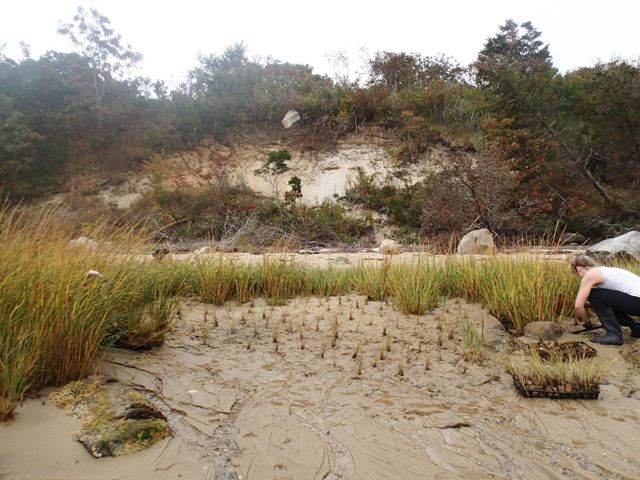
[video width="1920" height="1080" mp4="http://safeharborenv.com/wp-content/uploads/2014/08/000IMG_5883.mp4"][/video]
LET'S TAKE A LOOK AT OUR INNOVATIVE CONCEPT IN REAL TIME
We believe the different coastal resources are actually Cofactors, linked to each other, in the larger, coastal ecosystem, when they respond to storm energy pulses. We have utilized this innovative concept, experimenting with high energy Pulse events, transferring energy and geomass through linked, coastal ecosystems.

Near shore sand bars, beach, small dunes and a fringe marsh are linked coastal resources creating this barrier beach system on Nantucket Sound.
Image by G. Peabody. Ariel overflight clearly identifies critical breach risk potential. We suspect this had contributing anthropogenic erosion factors.
Image by G. Peabody. This bare area was lower than vegetated areas on adjacent barrier dunes. With continuing erosion from wind and over wash, the real possibility existed, of severing the barrier beach system.
Safe Harbor image. The elevation was too low for planting beach grass so we set up a random matrix of thin cedar shims to mimic the sand collection performance of beach grass.
Image by Safe Harbor. We redirected pedestrian impacts with non-prohibitive signage to encourage stewardship.
This long lens image shows broad field, biomimicry sand collection system in place.
Storm surge energy waves can be seen interacting with the near shore sand bar and transporting sand geomass, overwashing the biomimicry field.
Post storm assessment showed significant sand collection. Many dunes subscribe to aeolian sourcing but empirically we have to remember the site specific potential of water borne sand transport vectors.
[video width="320" height="240" mp4="http://safeharborenv.com/wp-content/uploads/2014/08/Sand-Bar.mp4"][/video]
After two years of winter storms, the elevations significantly increased and were planted with native Beach Grass.
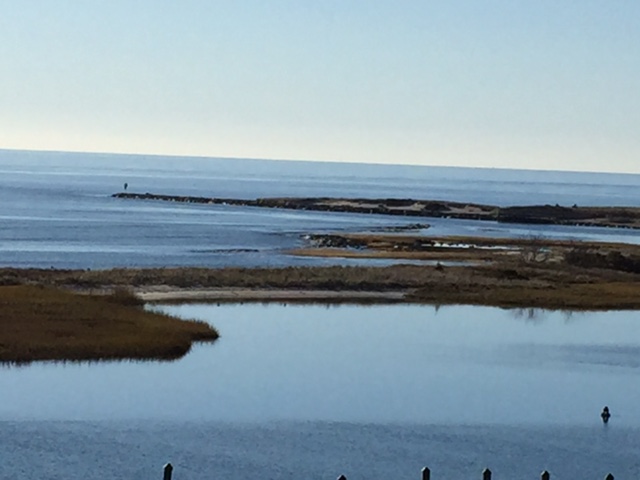
By the end of the winter storm season, we had identified an area along the margins of the fringe marsh, for planting additional Spartina. This would contribute to enhancing resiliency on the marsh side of the linked, barrier beach system. Image below By Odessa Bricault. Spartina being transported across river system to barrier beach system.

Enhancing sustainability by planting American Beach grass on restored elevations created by storm energy.
Enhancing fringe marsh performance by planting out edges.
Using a natural system of native vegetation may provide a more sustainable resiliency through storm wave energy absorption, as an alternative for SLR rather than armoring our coast.
Image by G. Peabody. The sustainable value of coastal vegetation is played out over the fourth dimension of time, as sea levels rise. Sustainable vegetation systems are able to move inland. Here we are supporting a fringe marsh to enhance coastal resiliency. This area is already impacted by sudden sea level rise and we are using it to experiment with resiliency strategies.


